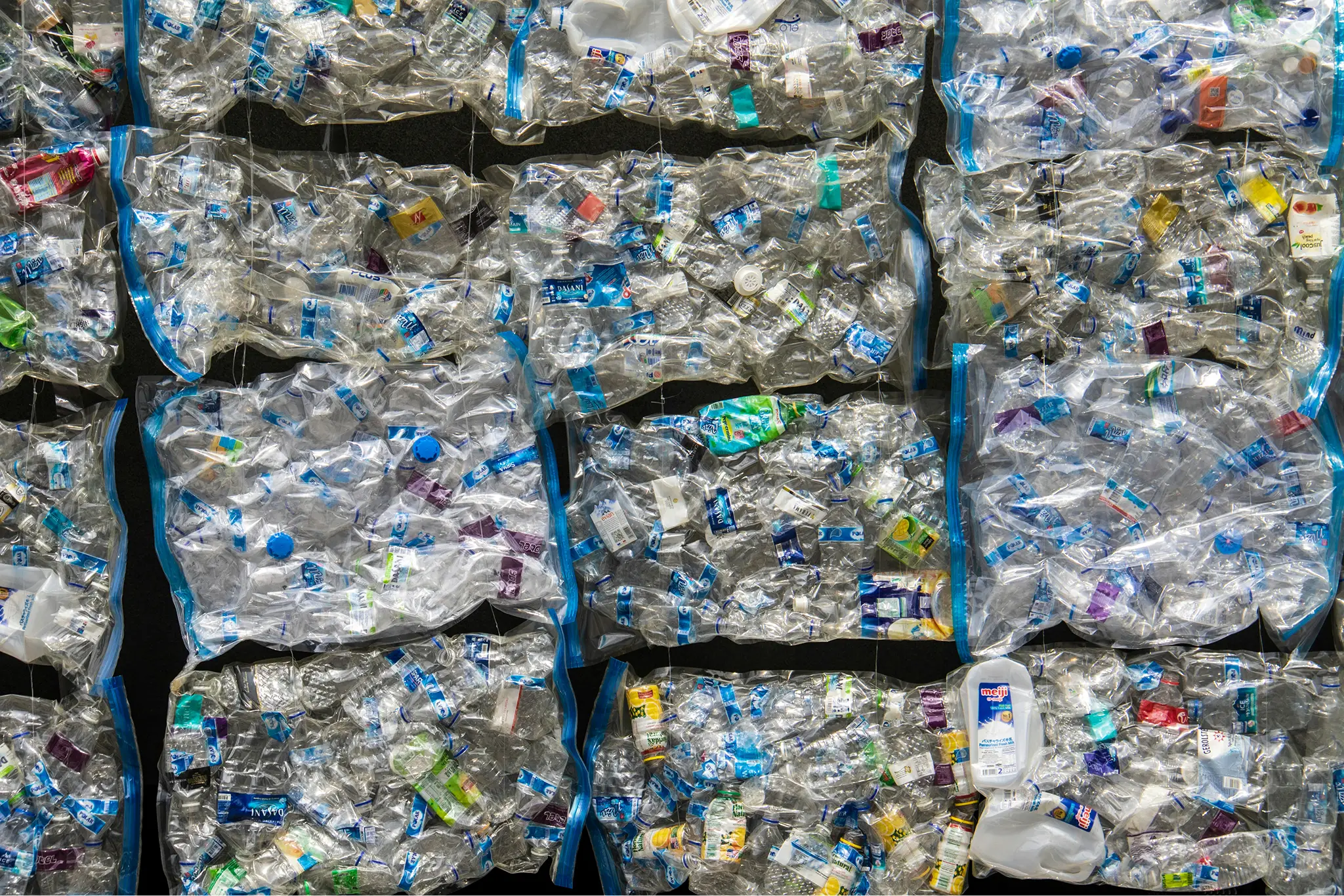- info@bluehorizon.blue
- Klompéstraat 80, 9602 RB, Hoogezand, The Netherlands
Keep Your Area Clean
A New Horizon for
Plastic Waste
We’re redefining recycling to create real, lasting change — transforming waste into a sustainable and renewable resource
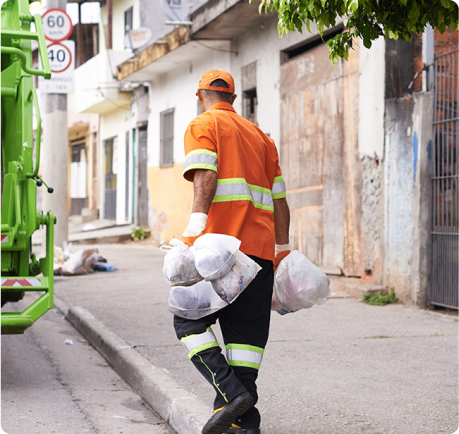

Ideal solutions
From plastic waste to sustainable resources
At Blue Horizon, everything we do is guided by a strong sense of purpose and a long-term commitment to sustainable impact. Our vision and mission reflect our dedication to addressing the plastic waste crisis through practical, scalable solutions.
Our Vision
Our vision is to make a tangible impact on the plastic waste problem by building efficient pyrolysis plants that turn non-recyclable plastics into reusable materials—extending resource life cycles and reducing environmental harm for a more sustainable future.
Our Mission
Blue Horizon is dedicated to advancing a circular economy by converting plastic waste into valuable resources through pyrolysis. Our goal is to contribute meaningfully to environmental sustainability and social responsibility, supporting global efforts to reduce plastic waste and cut emissions.
plastic waste
The collected plastic waste enters the Blue Horizon Plant
sorting & processing
The plastic waste stream is sorted, processed and prepared for the conversion process
pyrolysis
The plastics are converted into their raw form through the method of pyrolysis
new plastics
A sustainable resource is the result: oil. This can be used as a resource for new plastics
Our partners
The plastic pyrolysis plant relies on established and verified technology, ensuring a dependable foundation alongside skilled and reputable suppliers.



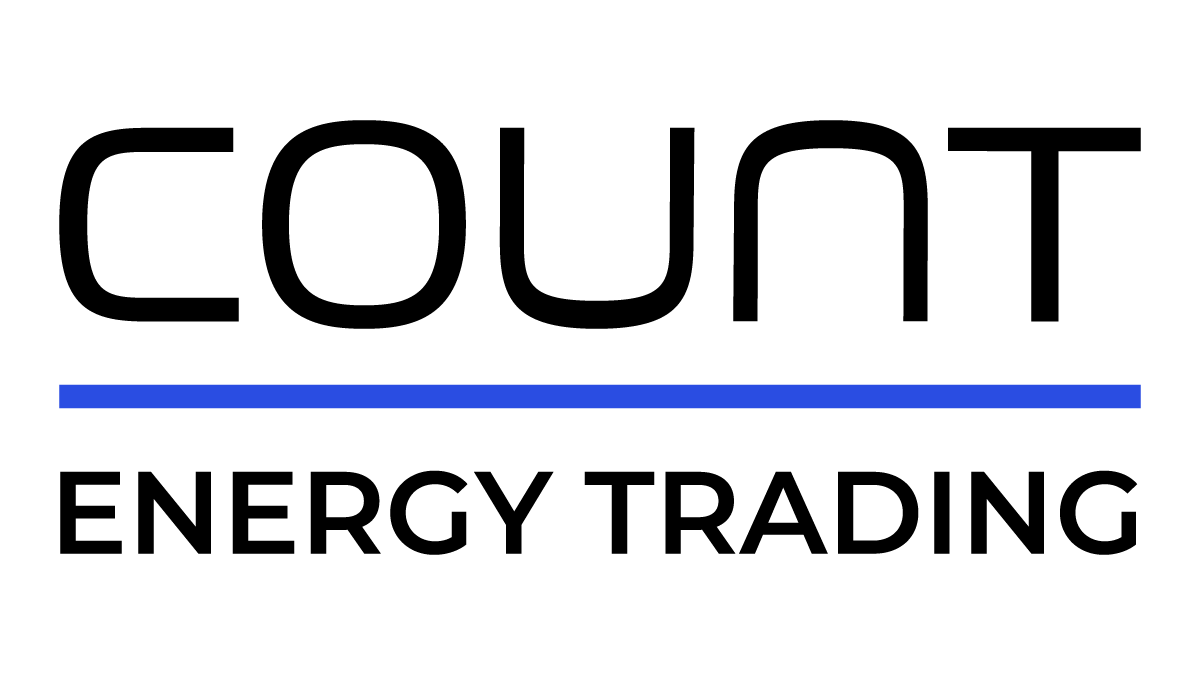
About
the problem
Plastics are essential to modern life, yet much of it is used in a wasteful and environmentally damaging way. Made largely from fossil fuels, plastic often ends up in landfills, incinerators, or polluting natural ecosystems. Traditional recycling methods can only handle a fraction of plastic waste, leaving most of it unrecycled and contributing to growing CO₂ emissions.
To help meet global climate goals, Blue Horizon is rethinking the role of plastic waste. Our facilities use advanced pyrolysis technology to recycle a broader range of plastics. This process breaks down plastic into raw oil, which can be reused as a feedstock for producing new plastics—reducing dependence on virgin fossil-based materials.
By turning plastic waste into a valuable resource, Blue Horizon lowers emissions tied to both production and disposal, and contributes to a circular economy with practical, scalable solutions.
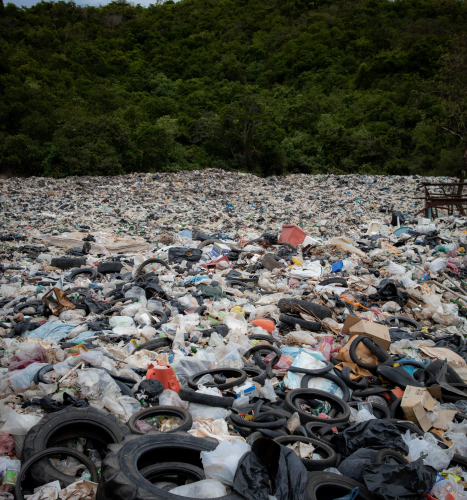
Blue Horizon Process
Blue Horizon as a solution:
in just 4 steps
plastic waste
Collected plastic waste enters Blue Horizon’s facility, marking the first step in transforming discarded materials into valuable resources. By diverting plastic from landfills and oceans, as well as incarceration plants, we address both waste reduction and resource creation, setting the stage for a sustainable circular process.
Sorting & Processing
Once inside the facility, the plastic waste is sorted, washed, and shredded into pellets before going into the pyrolysis reactor. In case suppliers provide feedstock in pellet form, these pellets go directly into the reactor. This vital preparation step ensures that only the right types of plastic enter the next phase, optimizing the efficiency of the conversion process. This careful handling readies the plastic for transformation, making sure it meets the quality standards necessary for effective recycling.

Plastic pyrolysis
Our advanced pyrolysis technology heats the prepared plastic in an oxygen-free environment, breaking down the polymers into smaller hydrocarbon chains. This process converts the plastic into a mixture of gasses and liquid hydrocarbons, known as Pyroil. Unlike other recycling methods, pyrolysis allows us to handle mixed and lower-grade plastics, making it an ideal method for plastics that would otherwise end up in landfills or incinerators.
Raw materials for new plastic
Plastic pyrolysis produces Pyroil—a sustainable alternative to fossil-based raw materials in plastic production. By using Pyroil, Blue Horizon supports a closed-loop system where plastics are continuously recycled. The process also generates pyrolysis gas to power the reactors and syngas for electricity, reducing reliance on external energy. This approach minimizes the use of virgin resources, lowers environmental impact, and fosters a truly circular economy.
"Revolutionizing the Future: Blue Horizon's Innovative Plastic Waste Recycling Approach"
